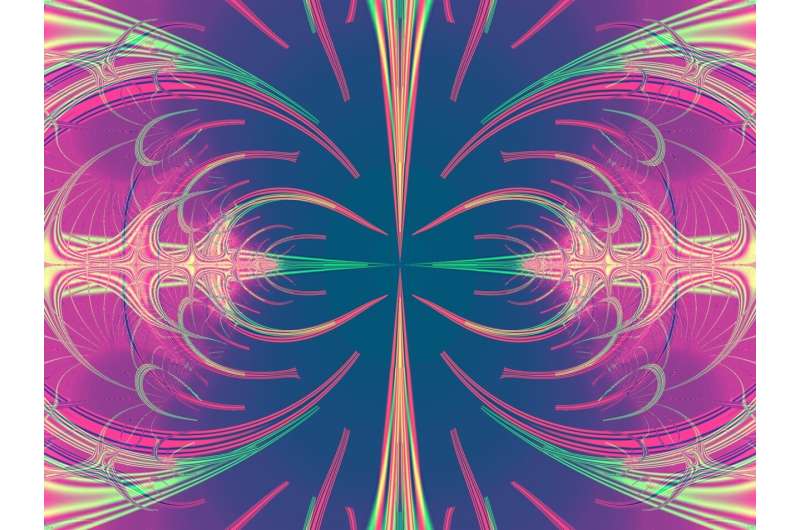This article has been reviewed according to Science X's editorial process and policies. Editors have highlighted the following attributes while ensuring the content's credibility:
fact-checked
peer-reviewed publication
trusted source
proofread
Study finds visions of nonphysical world are common among cognitively healthy Ojibwe individuals

Visual hallucinations are common among people with Lewy body dementia and other types of dementia. Identifying visual hallucinations is an important component of a wide variety of medical and psychiatric diagnoses and treatments, but without cultural context, some patients' symptoms can be misinterpreted or misdiagnosed.
In existing medical literature, there is almost no information regarding normal spiritual experiences in American Indian participants in the context of a neurocognitive evaluation. University of Minnesota Medical School researchers sought to understand how Ojibwe culture and spirituality affect a doctor's assessment of normal aging.
Published in JAMA Network Open, the research team found that visions of the nonphysical world are common among cognitively healthy Ojibwe individuals and can represent normal spiritual experiences.
"Consideration of a patient's cultural background and belief system can help avert erroneous disqualification for disease-modifying therapy, exclusion from clinical trials, and all the negative ramifications associated with a misdiagnosis of psychiatric disease," said William Mantyh, MD, an assistant professor at the University of Minnesota Medical School and behavioral neurologist with M Health Fairview.
In partnership with an Ojibwe Tribal Nation in Minnesota, the study recruited 33 cognitively healthy tribal elders aged 55 years or older. The research found that 48% of participants reported frequent transient visions of the nonphysical world that generally were benevolent and involved spiritual beings and/or ancestors.
According to the research team, clinicians would benefit from careful consideration of cultural or spiritual context to avoid misdiagnosis of neuropsychiatric disease.
"Today's environment of infrequent or insufficiently short cognitive evaluations—an average 16-minute face-to-face visit with a physician—and increasing use of pre-visit symptom checklists increase the risk of falsely attributing a spiritual experience to a hallucination," said Dr. Mantyh.
Dr. Mantyh and his research team's overarching goal is to ensure accurate diagnosis of neurodegenerative disease in American Indian communities. To reach this goal, the research team is including American Indian participants in the development of a new Alzheimer's disease blood test.
So far, more than 250 participants have been included. These new Alzheimer's disease blood tests—which are up to 95% accurate—directly detect the proteins related to Alzheimer's disease in the blood, but they also look at a patient's APOE ε4 gene. APOE ε4 is the most significant genetic risk factor for Alzheimer's disease, but its effect on Alzheimer's disease depends on a patient's ancestry.
More information: William G. Mantyh et al, Characteristics of Recurrent Visions of the Nonphysical World Among Cognitively Unimpaired Elders of an Ojibwe Tribal Nation, JAMA Network Open (2023). DOI: 10.1001/jamanetworkopen.2023.38221




















